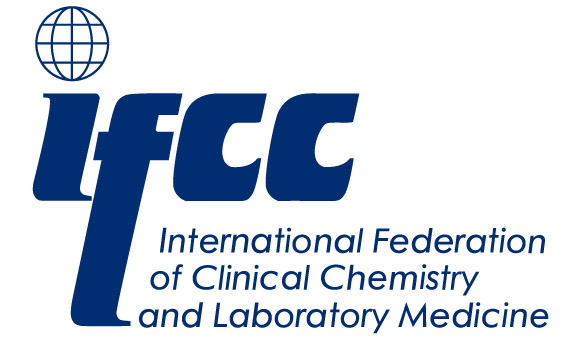His wife, Lucia Cazares, suffers from bad migraine headaches, especially when she eats certain foods. Gonzalez had been reading about how bacteria in the gut and mouth affect health, and particularly how certain foods were thought to trigger migraines. As he kept connecting dots, it dawned on him that our symbiotic microbes might play a role in the migraine suffering his wife faced.
“Whenever my wife ate fast food hamburgers, pepperoni pizza or salami—any meat with lots of nitrates—she would get a migraine,” says Gonzalez, now a programmer analyst in Knight’s lab at University of California San Diego School of Medicine.
Nitrates, it turns out, are a common dietary trigger for some of the 38 million Americans who get migraines. Nitrates are also found in cardiovascular medicines, because once they are turned into nitric oxide (NO) in the body, that produces vasodilation. Up to 80% of patients taking nitrates report having severe headaches as a side effect. In addition, nitrates are reduced by bacteria in our mouths into nitrites, which can then be converted to NO by the body. But exactly how nitrates might cause headaches or migraines is unknown.
As Gonzalez and the team were forming the survey for the American Gut Project—a crowd-funded project to sequence microbiomes from citizen scientists—they decided to include questions not only about diet, but also whether participants suffered from migraines. This would let them look at the oral and gut microbiomes of migraineurs to find if there were significant differences in the bacterial taxa present.
Using 172 oral samples and 1,996 fecal samples from American Gut Project healthy subjects, the team compared sequences from migraineurs and non-migraineurs. “We didn’t find many differences in the composition of their microbiomes,” says Gonzalez.
So, next, the team decided to look at the likely genes represented by the species that were present to see if there were differences among the genes that code for nitrate-, nitrite- and NO-reducing enzymes. Using the PICRUSt bioinformatic tool, the team found that, particularly in the oral samples, there were significantly more of these genes predicted to be present in migraineurs compared to non-migraineurs. Although the team did not actually sequence these genes directly from the samples, a statistical test revealed that their predictions were quite robust. Their results are published in mSystems.
“Bacterial genomes have nitrate reductases, enzymes that are the first step to producing the bioactive storage pool of NO in humans,” says Embriette Hyde, project manager for the American Gut Project and co-author on the study. “We already knew that nitrate-reducing bacteria are in the oral cavity and produce measurable effects on blood pressure, and now we have a potential connection to migraines as well.”
Gonzalez and Hyde note that the next step will be to look in patients who suffer from the different type of migraines and see if gene activity correlates to migraine status. “Then we can start thinking about how to address the problem of migraines,” he says. That might be finding a way to reduce the amount of nitrate-reducers present in a patient’s mouth microbiome. But, it will also be important to find the right balance of microbes to promote cardiovascular health as well.
“My wife and I now joke that we don’t have to worry about her heart, but we do have to worry about her migraines,” says Gonzalez. Perhaps, he says, we will eventually have a “magical probiotic mouthwash” to balance the microbes in our mouths. But, he notes, the real take home message for migraine sufferers is that this is another piece of evidence that they should avoid nitrate triggers in their diet when possible. He advises, “Read food labels and avoid foods with added nitrates.”
Source: ASM Communications




































